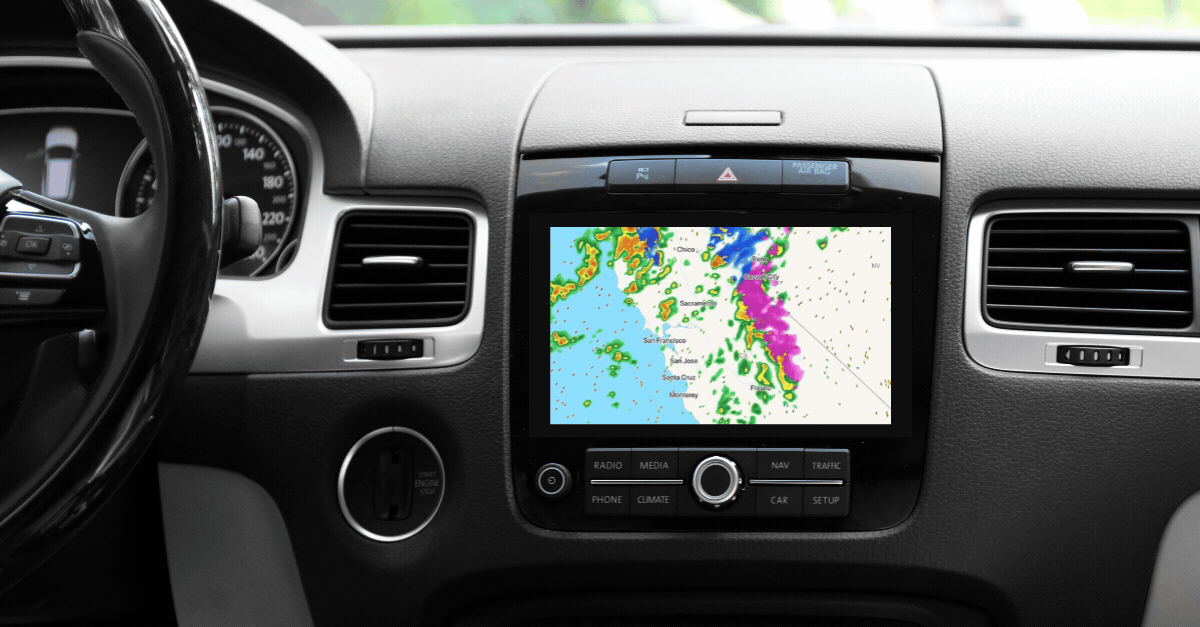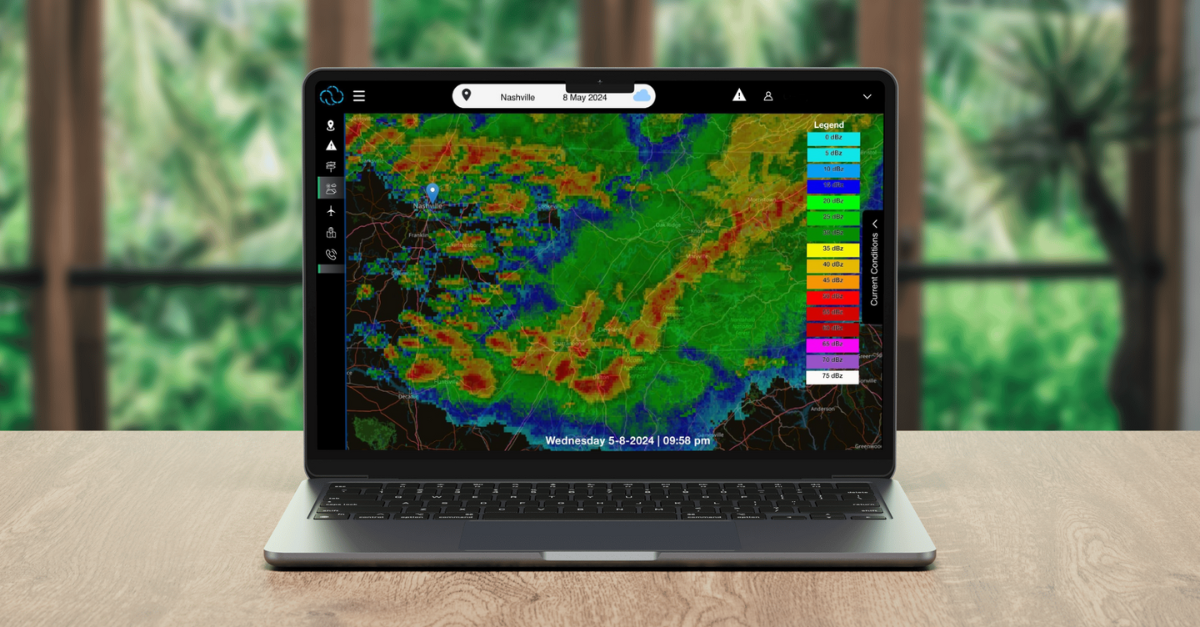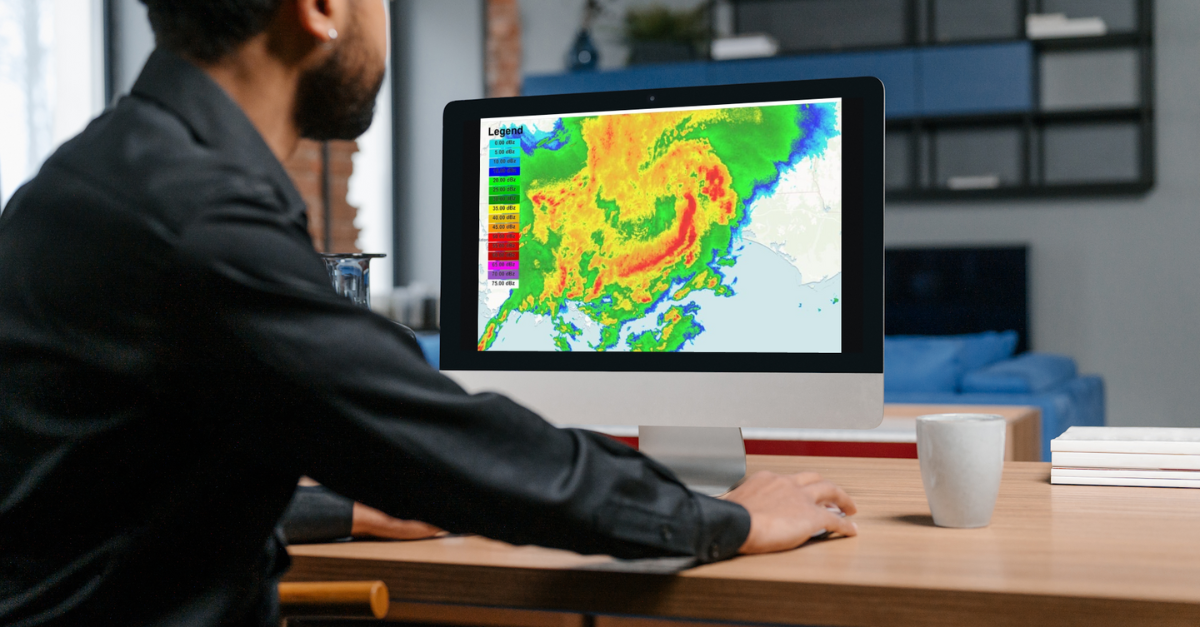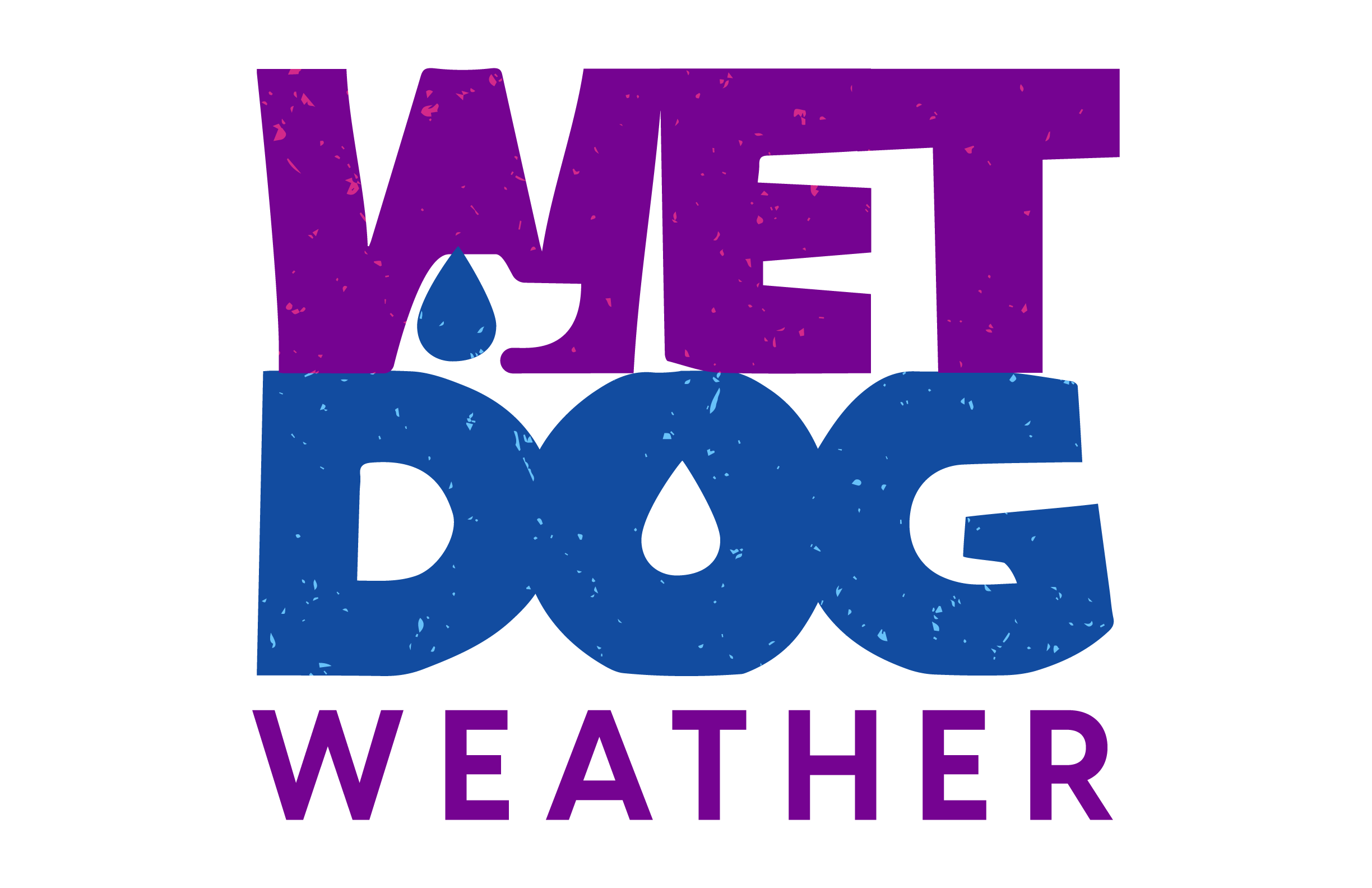Weather data displays have become essential tools for decision-making across several key industries. By converting complex meteorological data into clear, accessible visuals, these systems help professionals make informed, timely action—whether on the road, in the air, or everyday life.
Weather Data Displays in Automotive Technology
Modern vehicles increasingly depend on integrated weather data displays to support drivers and automated systems. From commuters to commercial fleet managers, access to real-time weather visuals helps improve safety and route planning.

Commercial transportation relies heavily on advanced displays that deliver accurate, location-specific weather conditions. These tools are critical for minimizing delays and enhancing driver safety—especially when paired with autonomous driving systems that require reliable environmental data.
Importantly, these displays must be accessible to users with varying levels of meteorological expertise. Everyone benefits from intuitive, easy-to-understand weather information, whether a logistics manager or a long-haul driver.
Enhancing Safety in Aviation
Aviation professionals have always relied on weather data, but modern weather data displays elevate how that information is used. Today’s pilots, dispatchers, and drone operators use real-time visualization tools to assess conditions and make crucial decisions before and during flight.

Clear graphical displays help translate complex forecasts into actionable insights, whether turbulence, icing, or visibility. These tools reduce cognitive load and enable faster interpretation—an essential factor when safety and timing are on the line.
While many aviation users understand the basics of weather, most are not meteorologists. That’s why well-designed displays are indispensable for translating dense data into mission-critical guidance.
Weather Data Displays for Everyday Consumers
Consumer interest in weather data displays has never been higher. From weather enthusiasts to everyday users, people are turning to visual tools combining scientific accuracy and user-friendly design.

The best consumer-facing applications deliver features like real-time radar, multi-day forecasts, and condition overlays—all in a sleek, mobile-friendly interface. These displays help users make more informed decisions about travel, safety, and daily activities.
By maintaining visual appeal and data reliability, these platforms set new standards for how weather is experienced in everyday life.
The Growing Impact of Weather Data Displays
As visualization technology continues to evolve, weather data displays are becoming more interactive, adaptive, and intelligent. From enterprise systems to consumer apps, the next generation of displays will offer deeper customization, richer rendering, and seamless cross-platform experiences.
Enterprise-grade weather data displays that match the intuitive design of consumer applications while delivering professional-level insights represent the cutting edge of the industry. These systems process standard meteorological information alongside proprietary data sources, creating customized visualization solutions for specific industry needs.
Industries increasingly rely on displays that are not only accurate but also easy to interpret. This shift transforms how sectors engage with meteorological data—bringing clarity to complexity and turning information into action.
Even agencies like the National Weather Service are advancing efforts to deliver more accessible visual data through Impact-Based Decision Support Services (IDSS), helping non-experts make critical weather-related decisions.
Weather data displays are more than just visual tools—they are decision engines. Across transportation, aviation, and consumer applications, these systems play a central role in understanding and acting upon weather information. As the need for accurate, real-time data grows, so does the importance of making that data accessible through thoughtful, powerful display technologies.

